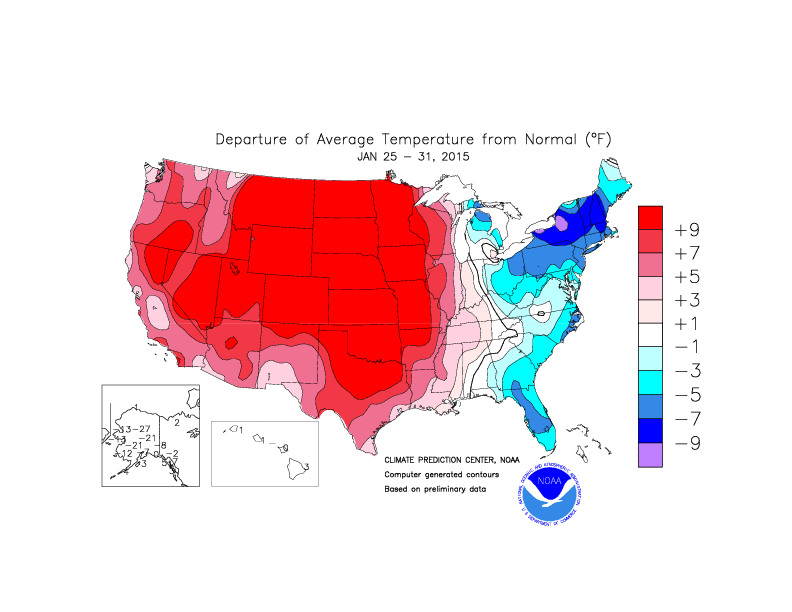Another week of warm temperatures and south winds sent monarchs sailing, this time into states where milkweed is just emerging. "Will there be enough milkweed for the hungry caterpillars?" everybody wanted to know. What observations could you make to answer that question?
This Week's Update Includes:
- News: Another Big Week!
- Slideshow: Can a Milkweed Plant Grow Fast Enough?
- The Migration: Maps and Journal Page
 |
Migration Highlights
The migration took another big, broad jump for the second week in a row. Over 125 sightings were reported, and 6 states reported first-in-state sightings: Kansas, Indiana, Illinois, Kentucky, Tennessee, and Virginia. What a week! These students caught the arrival as the migration entered their states:
4/8/11 Gallatin, Tennessee
"At 1:45 p.m. on Friday afternoon while our class was playing, we saw the first monarch of spring flying in the breeze," reported Union Elementary.4/11/11 Athens, Georgia
"First monarch seen in Pollinator Garden at Barnett Shoals Elementary School."
Never So Far, So Early
In all our years of tracking the migration, we've never seen the monarchs spread so far, so early. View 10 years of migration on these animated maps and see how this year compares.
Monarchs Ahead of Milkweed?
As this temperature map shows, the Great Plains region was nearly 10 degrees above normal last week. South winds were associated with this pattern. Did the monarchs move too far under these conditions? Comments like the following suggest the butterflies were arriving before their habitat was ready:
4/10/11 Wichita, Kansas
"I saw my FIRST monarch of the year today! Our milkweed has not even broken through the ground yet!"4/10/11 Watkinsville, Georgia
"I saw a faded female hanging around a milkweed plant I had just pulled out of the greenhouse. She spent several hours laying eggs. Our milkweed is not emerging yet."
Egg-loading on Tiny Milkweed
Most notable this week was a rash of "egg loading" observations. This is a sign that milkweed is in short supply. Monarchs would not lay so many eggs on single plants if milkweed were plentiful.
4/09/11 Broken Arrow, Oklahoma
"I checked out the milkweeds and found at least a couple dozen eggs. There isn't enough up to feed the caterpillars."04/10/11 Anderson, South Carolina
"My 6 year old grandson spotted eggs on our milkweed. It's only up a couple inches and hasn't even made good leaves yet. I am worried. There were so many eggs."
Dr. Chip Taylor Observes
"Furthest ever - earliest eggs ever - not good unless it stays warm," says Dr. Taylor of Monarch Watch who's based in Lawrence, Kansas. "I'd say it's clear that the monarchs at this latitude really have to search for the few milkweeds available. In fact, it could be said that the leading edge of this northern migration is effectively ahead of the milkweed in natural areas. That's new to me. I don't think this return pattern is a good thing - unless it stays warmer than normal over the next 5-6 weeks and that's not likely."
Let's watch temperature patterns in the Great Plains region and see what's in store. Cool temperatures would slow down the growth of developing monarchs. Freezing temperatures could be lethal. Migrating ahead could be disadvantageous to these early-bird butterflies.
| "Egg loading" is a sign that milkweed is in short supply. If milkweed were plentiful, monarchs would not lay so many eggs on a single plant. |
Explore the question everyone was asking this week, as monarchs arrived where milkweed was just emerging: Will there be enough milkweed to feed the hungry caterpillars? Can a Milkweed Plant Grow Fast Enough?
|
|
 |
 |
 |
| Monarchs (map/sightings/home) |
Milkweed (map/animation/sightings) |
Journal Can milkweed grow fast enough? |
Let's find out when and where monarchs and milkweed appear this spring. |
||








